 With the onset of the summer season, we figured this is the perfect time of the year to test car air-conditioners. Sarmad Kadiri tells you the best vehicle to own in order to stay cool under the Indian sun
With the onset of the summer season, we figured this is the perfect time of the year to test car air-conditioners. Sarmad Kadiri tells you the best vehicle to own in order to stay cool under the Indian sun
SERVED CHILLED
India falls in the tropical zone and we experience the heat and the humidity with a generous helping of dust and grime. It makes driving with the windows rolled down a rather nightmarish experience for most. And if you drive in a similar condition, you will agree that the unsung hero that makes driving in India a pleasure is not a V6 or V8 motor or the brilliant suspension or the extra soft cushioned seats, but the humble yet indispensable air-conditioner. This is a tribute by CAR India to one of the most vital parts of equipment in a car that seldom gets its moment in the limelight.
Now how does one test car ACs in real life driving conditions? Since you’re holding an issue of CAR India, you surely know that we live to solve riddles like these. After planning for roughly a month, we short listed (I am using the term loosely here as the list seemed never ending) almost all the largest selling cars in the country! Then the team when hunting for an ideal route that can be taken by all the cars, so that there is just enough city traffic with minimum traffic signals and no congestion. This would make sure that the cars would remain mostly on the move and reach the finishing point in a fixed time. After zeroing in on the route of 10.5km, our Editor recced it numerous times and did several dry runs making sure that it was just right. After Aspi’s go ahead, we started contacting all the major car manufacturers who were extremely co-operative and provided their car models. It sounds easy, but since the list was so long the co-ordination with manufacturers, dealers, drivers and the team became a challenging task.
The co-ordination and planning didn’t stop there. The cars were heated to precisely 50 degree centigrade by parking them under the scorching sun. As soon as the cars reached the desired temperature, the air-conditioner was switched on with the blower at full blast, the temperature was gradually brought down to the lowest possible. Then the heated cars were driven on a designated route for a specified distance and time. The cars were driven on the same route with similar road and traffic conditions as well as speed thus ensuring that we get the ideal real life AC performance of the vehicles. While all this was happening, the photographers had to be at the right place at the right time making sure that they get the picture of the thermometers with the final reading. Phew!
The air-con comparo put to test close to 35 cars which are currently on sale in India. This mega test was performed between 12 noon and 3 pm when the Indian sun is at its peak. We used electronic thermometers in all cars to monitor the change in temperature, in the cabin as well on the AC vent. The car that recorded the lowest temperature in the test was declared the winner in its segment (like small hatchback, large hatchback, saloon and luxury car among others). We had to leave out the bigger luxury cars and SUVs as it was physically not possible to test over 80 cars in less than 30 days. We wanted to start with the most popular segments namely, hatches and midsized sedans. The reason we had to break up the test into segments is because the effectiveness of the AC depends mostly on the size of the cabin a particular car has. The larger the volume, the more time it takes to cool down. For instance, a compact hatch like the Alto has a smaller room to cool compared to a Jazz where the AC needs to work throughout the cabin plus boot, as the boot space is not covered by a tray. The performance of the air-con also depends on the compressor, condenser, cooling coil and blower. For this comparo, we selected a standard car which was tested along with other cars every single day, making it our benchmark. This made sure we countered the daily weather change and also gave all of the cars a fair chance to prove their AC’s strength.
To make this test absolutely foolproof, we also took the help of the expert, Mr. PK Sethi – GM Service Subros Limited. He assured us that we were definitely on the right track. After taking care of the loose ends, the final results were most of the times quite unexpected.
Section 1 – Small Hatchbacks
 MARUTI SUZUKI WAGON R
MARUTI SUZUKI WAGON R
The practical and original tall boy is due for a complete makeover. To be launched soon, the 2010 model will feature the K-series engine seen on the A-star. The current Wagon R has a simple dash design and vent layout. The AC test further proved the need for the car to get a major makeover. The car was the least cool of the small hatch lot as it managed to reach just 34.2°C with the vent temperature of 18.8°C.
FIAT PALIO
This is the smallest and the cheapest model from the Fiat stable which is long due for a real overhauling. The Palio has been around for over a decade now and has seen a few upgrades as well. The center vents are located low almost parallel to the glovebox. The AC is also not as competitive as it was the second least cool of the small hatch segment with a cabin temperature of 33°C and vent at 12.4°C.
TATA INDICA
Probably the most preferred hatchback for the Indian tourist cabs, the Tata Indica did reasonably in the AC test. Its sibling, the Indica Vista is more refined and a better performer which is further endorsed by this test. The scroll control of the AC vents is a good touch by Tata engineers whereby one can adjust the vent direction horizontally and vertically. Our digital thermometer showed temperatures of 31.5°C for the cabin and 12.2°C on the vent.
 HYUNDAI SANTRO XING
HYUNDAI SANTRO XING
The Santro has been the flagship model for Hyundai for years, till very recently when newer models took over. The car has been the choice of lakhs of Indians because of its practicality. But it seems to be loosing its ‘Xing’ especially with newer offerings from the competition. The AC of the proven car reached 31.2°C in the test which is just about okay. The vent temperature of the Santro Xing showed 17.2°C.
CHEVROLET SPARK
The smallest and definitely the cutest Chevrolet in India did a decent job thanks to its strong AC blower. The speedometer and instruments are positioned at the centre of the dashboard, just below the circular designed AC vents. The air-con on this small car from the US auto major managed to bring temperatures down from 50 degree Celsius to 30.6 degree in the test which is an average performance for a vehicle of its size. The vent temperature dropped to 18.7°C.
MARUTI SUZUKI ALTO
The largest selling car in India is anything but a simple job, but the Maruti has been undeterred by the competition’s newer low cost cars. The Alto is fun to drive but the question is: how good is the AC in this affordable car? Good enough. The car achieved 29.9°C with the vent temperature of 15.7°C, which is better than most rivals. No wonder it sells in those numbers. Moral of the story – affordable doesn’t necessarily mean cheap.
HYUNDAI I10
The i10 is the new blue-eyed boy of Hyundai since it replaced the Santro as the company’s flagship model in India. The car has good fit-finish and plastic quality and we were hoping its AC would keep the reputation of the car intact. And thankfully it did. The i10 reached 28.8°C from the scorching 50°C in the test, which is quite a good performance and the vents were at 10.7°C.
TATA NANO
We almost had a scuffle to get behind the driver’s seat of this cute hatchback. Tagged as the cheapest mass produced car in the world, the Nano was fun to drive and the AC performance was no letdown either. It has a very small cabin room, but the motor is in the rear which is a disadvantage as the heat generated by it filters into the small cabin. This mini hatch managed to reach 28°C and the vent reached 13.9°C.
MARUTI SUZUKI A – STAR
Maruti Suzuki’s flagship world strategic model for the global markets has achieved 1 lakh units cumulative export recently. The A-Star feature’s the new K-series engine and we hoped that the firm had also incorporated the latest AC equipment in the new model. The high AC vent design really came in handy as the car reached an amazingly low 27.5°C with a vent temperature of just 9.6°C. We were delighted to see this amazing performance from the radically designed small car.
CHEVEROLET BEAT
The latest hatchback from the US carmaker has managed to garner good reviews from automobile critics and enthusiasts across India. But the performance of the car’s AC often gets overshadowed by the engine performance. The Beat’s AC managed to impress us as it performed much better than its sibling, the Spark, by cooling the car to 27.5°C. The vent temperature reached as low as 9.5°C. The ‘cool’ design of this Chevrolet’s dash is thankfully justified.
MARUTI SUZUKI ZEN ESTILO
The Estilo has recently gone through a facelift and heart transplant (read design upgrade and new engine). In our tests, we had noticed that most Maruti cars have been performing well in the AC test and we were sure that the Estilo will also be a decent performer. Although we did wonder if the tall boy design and the 1-litre engine were packed with enough blows to knockout the competition. Well, it did. We were literally blown away by the powerful blowers and the super cool condensers of the car. The light coloured dash and beige interiors also gave the small hatch an advantage. We discovered that round shaped vents were the most effective during the test. The centre vents are split by the music system and this helps the air to circulate uniformly throughout the car’s cabin. The Estilo achieved an amazing 25.9°C with the vent temperature showing 13.2°C.
Section 2 – Large Hatch
FIAT GRANDE PUNTO
The Grande Punto is one of our favourite hatchback designs, at least among the options available in India. However, the AC failed to impress us in the test. Probably the large hatch and the dark materials used for the interiors worked against it. The Punto recorded just 31.4°C for the cabin temperature in our digital thermometer and 14.5°C at the AC vent, making it the lowest scorer in the large hatch segment.
HYUNDAI I20
The i20 sells more than what the Korean carmaker had expected it to because of its distinct design and big car feel. The large cabin room might be an attraction for buyers but it proved to be a handicap in this test. Any car that manages to bring down the temperature from 50°C to anything below 30°C means that it has performed well. The i20 just made it by registering 29.7°C after the test with the vent at 14.6°C.
SKODA FABIA
The sauvé and understated Fabia has amazing legroom, boot space and a simple dashboard design. This Skoda has a decent AC which managed to be on the right side of the 30°C mark. The beige interiors and well located AC vents do justice to a car of this size and help it perform well in the test. Despite the large room, the car achieved 29.1°C in the cabin and 15.1°C at the vent.
TATA INDICA VISTA
The Indica Vista might have evolved from the basic Indica, but it feels like a completely different car. The refinement and technology is also evident from our AC test results. Its beige and light grey interiors coupled with the large AC vents helped in attaining 29°C with a vent temperature of 15.1°C. This is a good 2.5°C less than its sibling, the Indica, proving the hard work Tata Motors’ engineers have put into the Vista.
HYUNDAI GETZ PRIME
‘When the going gets tough the Prime Getz going’ would be an apt tag line for this big sized hatchback. The car’s aircon had a big task at hand to cool so much of cabin room, yet this great Korean performer did a fab job. The Prime managed to reach 28.8°C cabin temperature with 14.3°C at the AC vent. Not bad for a car of this size. Now can we have that long pending makeover please?
VOLKSWAGEN POLO
Volkswagen is betting big on its small car offering for India. The Polo has an amazing fit-finish and outstanding build quality. The dashboard layout is typically European with big vents that can be adjusted vertically and horizontally. A good mix of beige and black interiors helped this German car achieve 28.8°C in our AC test with the vent temperature at 12.6°C. A solid performance by a solid car.
MARUTI SUZUKI RITZ
Most of the Marutis have been churning out good AC performance figures and the Ritz was no exception. The car has a tall boy design with a long wheelbase which means that the AC has a large cabin to cool. The hatch managed to reach almost 6°C lower than the Wagon R which says a lot about the younger sibling’s abilities. The Ritz recorded 28.3°C with the vent temperature at 14.3°C.
FORD FIGO
This was the surprise package. Since the Figo has been recently launched in India none of us were sure about the car’s air-conditioning abilities. The Ford hatchback has a coral red dash board with round AC vents located high on the dash. The car probably has one of the most powerful blowers in its class. The Ford left us awestruck as it reached 27.1°C and the vent temperature was an amazing 9.9°C.
HONDA JAZZ
The Honda Jazz is one of the biggest hatchbacks we have in the country. Obviously, this makes the job more challenging for the car’s AC. To make matters worse, most Jazz variants do not come with a parcel tray covering the boot, which means that even the boot space becomes a part of the cabin room. Inspite of this, the Jazz managed to be the third coolest in this segment. The car managed 27.1°C and 14.1°C at the vent. Commendable, we say.
 MARUTI SUZUKI SWIFT
MARUTI SUZUKI SWIFT
The Swift features the new K-series mill which makes the car more appealing. The high placed center vents and round side vents are well positioned and perform extremely well. Although the Swift is wider than the Ritz, it’s not as tall, which is a benefit for it. Surprisingly, the all-black interiors do not seem to have any negative effect on the car. The oddball design of the car reached from 50°C to 26.3°C during the AC test with the vent temperature being 14.9°C.
CHEVROLET UV A
The U-VA has been in the country for sometime now and the big hatch has a niche clientele. The U-VA is an understated car but one can’t deny that it is also a rock solid performer. The Chevrolet recorded the cabin temperature almost 6°C lower than other cars in this segment. Like most cars of the segment, it has a huge cabin space and beige interiors. The AC vents are round and very practically positioned which make cooling uniform throughout the car. The powerful combination of the condenser and the blower made the car reach 25.5°C from the baked 50°C and the vent temperature reached 13.5°C. This was a pleasant surprise and there’s more ahead.
Section 3 – Midsized Sedan
MARUTI SUZUKI SX4
While the small cars of Maruti have been performing reasonably well in this test, the sedan was a letdown. However, it managed to just about scrape through the 30°C mark. The light interiors and the round side vents managed to achieve 29.9°C and the vent temperature was the lowest at 12.4°C. This is definitely not a bad performance considering the overall results, but being a Maruti we were expecting more punch from the AC.
CHEVROLET AVEO
Although the Chevy scored in the large hatch segment of the AC test, this category has proved to be a completely different ball game. The black and beige interiors of the Aveo couldn’t help the sedan cool more efficiently, but since it has managed to reach below 30°C, its performance cannot be dismissed either. At full blast, the vents reached a minimum of 12°C and the cabin room recorded 29.6°C at the end of the test.
TATA INDIGO
The Tata Indigo is known to be one of the best value for money sedans in the country. The legroom at the rear seat is still hard to beat. The Indigo has beige and grey interiors which make the cabin look airy and cool. Our AC test recorded the Tata sedan with a minimum cabin temperature of 29.5°C and vent temperature of 13.1°C – a very decent performance for this large sedan.
TATA INDIGO MANZA
The other Tata sedan delivered a slightly better performance in our AC test. The Indigo Manza is an improved and much more sophisticated sedan than the Indigo. And it goes without saying that the improved performance is clearly reflected in the results of the test. The Manza managed 28.9°C with the vent temperature at 13.3°C. It might appear marginal, but it is an improvement nonetheless.
FIAT LINEA
The Linea is undoubtedly one of the best looking midsized sedans in India. And it just doesn’t stop on the looks. This Italian crafted sedan has a nice dashboard design. One key factor about the car is that it has well-placed rear AC vents which help in circulating air evenly. Although the AC vents recorded a low temperature of 14.4°C, the cabin temperature reached 28.7°C from the 50°C we started the test with.
FORD FIESTA
By now we are sure that most car manufacturers have decent air-conditioning systems. But Ford is among the few who have been able to excel in this department. The sedan has a good combination of beige and black interiors and the trademark round vents are positioned high on the dashboard. The Fiesta not only offers an amazing fuel economy but also achieved 28.5°C, though the vents recorded 17°C at the end of out AC test.
CHEVROLET OPTRA MAGNUM
The Chevrolet Optra Magnum managed to secure better figures in the AC test than the other Chevy sedan. The beige interiors with wooden trims don’t just look cool, but also help by shedding heat rapidly and cooling the cabin faster. The Optra Magnum is a big car with massive cabin room, but it still achieved of 28°C with the vent temperature at 16.6°C. Magnum cooling!
M&M RENAULT LOGAN
The future might be a bit uncertain for the car till M&M and Renault JV decision is made later this month. But as far as the Logan goes, it never fails to perform. The car’s beige and black dash with the efficient round AC vents have proved to be a great combination in this test. From 50°C when the test began, the Logan reached 28°C matching the figure of the Chevrolet Optra Magnum, while the vents recorded a super cool 10.9°C.
HYUNDAI VERNA
Hyundai have been consistent with their performance in the AC test. Like most of the better performers in this test, the Verna has beige interiors which are bad conductors of heat. They look nice and at the same time cool faster than darker interiors. The side vents of the sedan are large and the centre vents are vertically placed making the AC more effective. The Verna achieved 27.5°C with the vent temperature at 11.7°C.
HYUNDAI ACCENT
The Accent is the older of the two Hyundai sedans. The car has a clean and curvy dashboard design. The beige interiors with wooden trims might look a bit dated, but it did help it secure the runner-up position in the midsized sedan segment. The Accent reached an amazing 26.8°C at the end of the test with the vent temperature recorded as 15.1°C. A superb performance by the Korean legend.
FORD IKON
The strength of the Ikon has always been its performance and the car did a brilliant job in the AC test as well. It has light coloured interiors and very smartly positioned vents. We felt that the AC blower of this Ford is among the most powerful ones we came across in this test. The Ikon secured the top slot by achieving an outstanding 24.4°C cabin temperature and 14.4°C on vent.
MARUTI SUZUKI SWIFT DZIRE
Maruti has proved to have one of the best air-conditioning units in Indian cars through this test. We had the Estilo at the top slot and the Swift at the runner-up position in their respective segments. So, it was no surprise to see the DZire sharing the top slot in the midsized sedan segment. The DZire is the only winner in this class that has all-black interiors, yet it has managed to oust its competition. It achieved 24.4°C with the minimum vent temperature at 12.5°C.
HONDA CITY
Honda has become synonymous with reliability and the City is its flagship model in India for over a decade now. The car is in its third generation or upgrade in the country. The fit-finish of the beige, black and silver interiors of the sedan is top class. The large AC vents are located high up on the dash, which makes sure that the cooling is uniform throughout the cabin. The City managed 24.4°C with the vent temperature at 9.9°C.



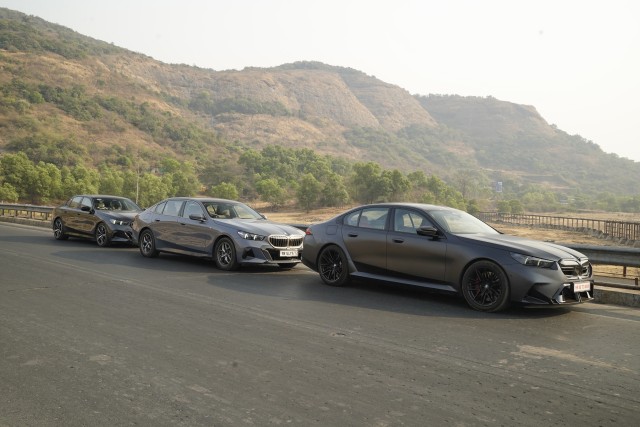
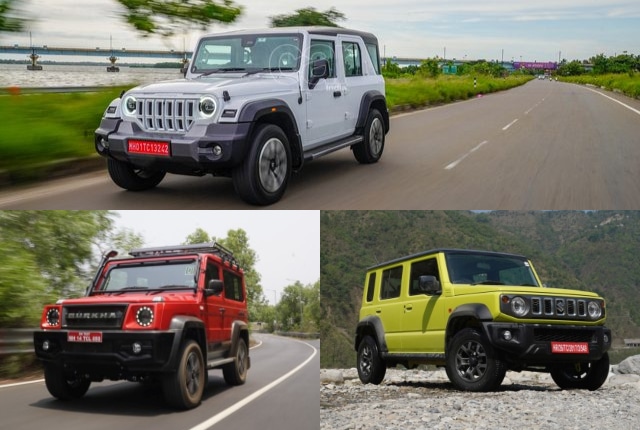

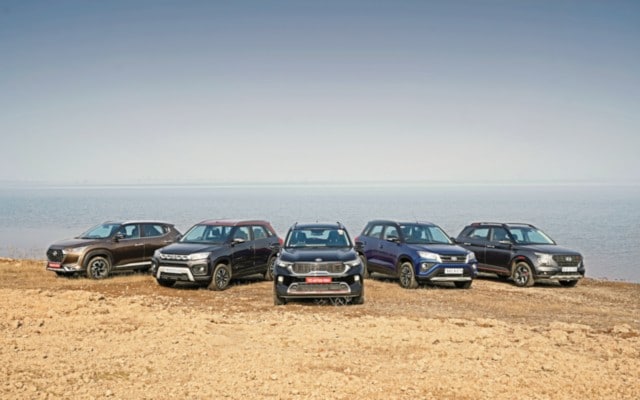

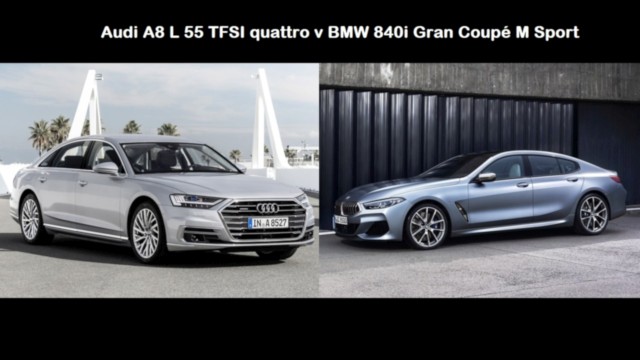

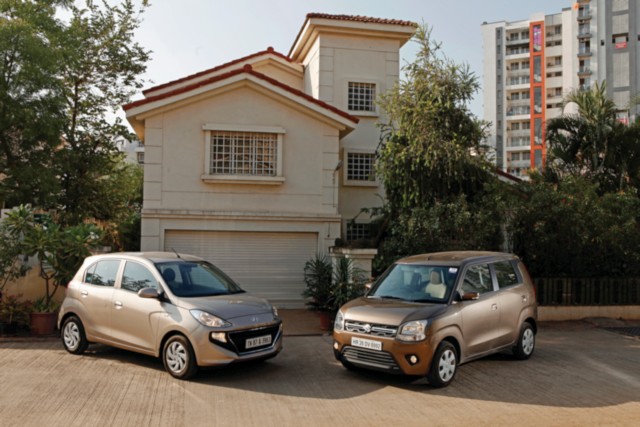
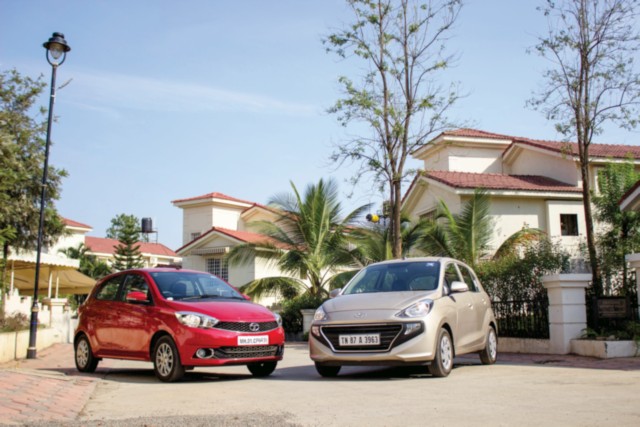
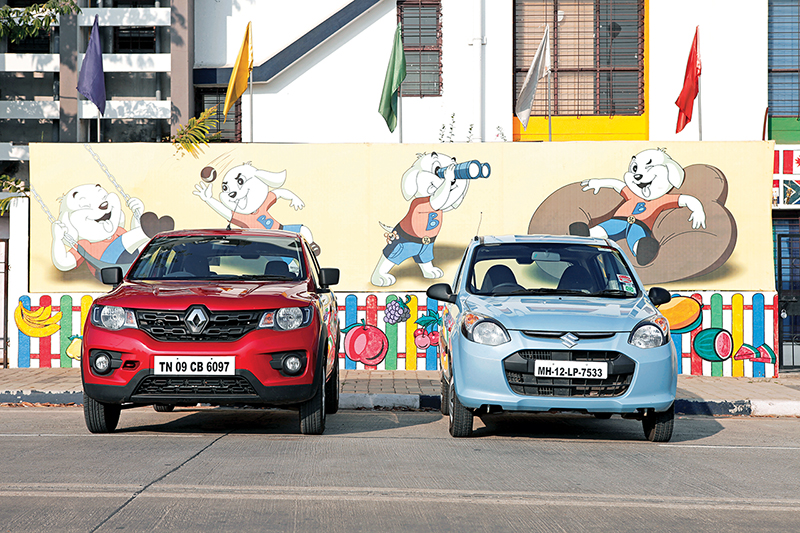
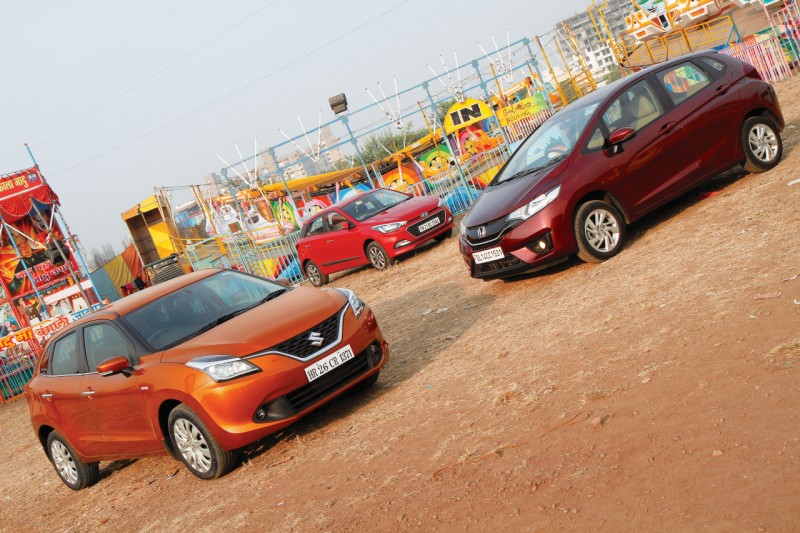

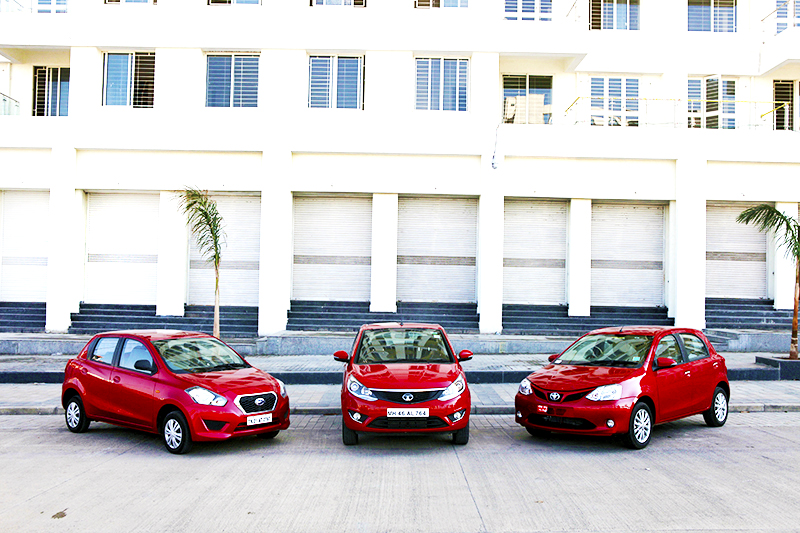
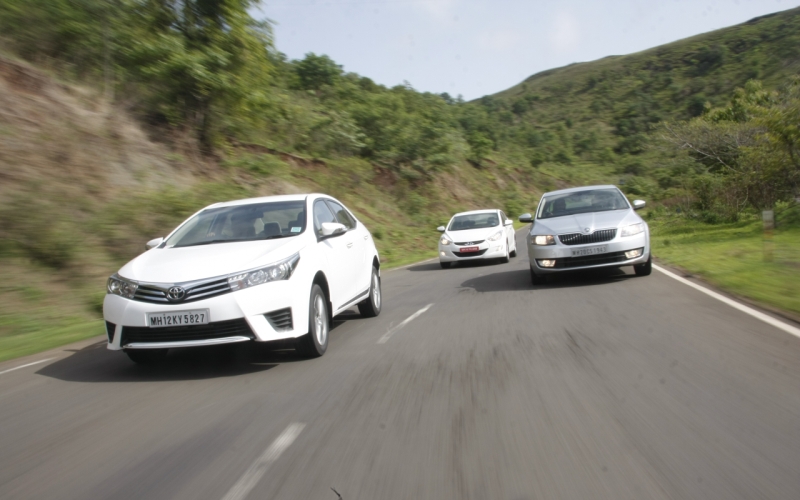
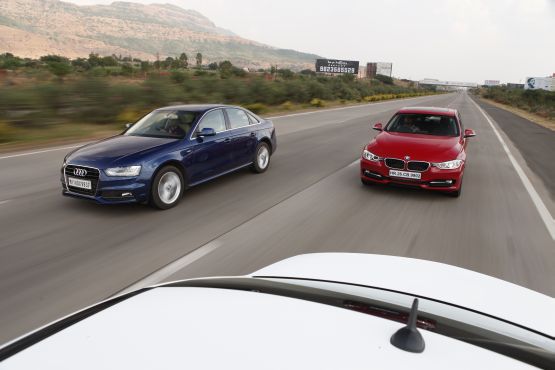




Leave a Reply